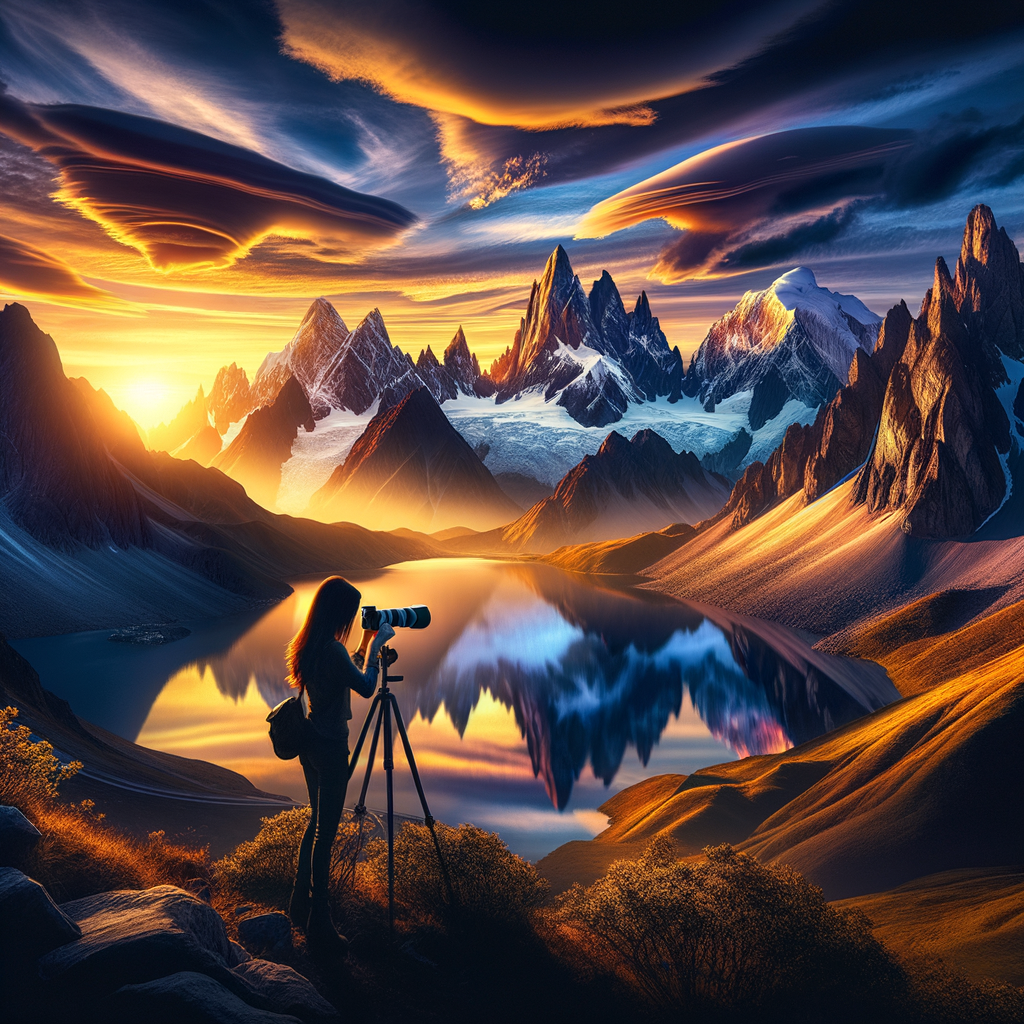
Landscape photography is not just about capturing the beauty of nature; it's an art form that conveys the atmosphere of a place. With each shot, we tell a story, evoke emotions, and inspire awe. In this article, we'll explore the key aspects that will help you create stunning landscapes and elevate your skills.
1. Understanding Light
Light is one of the most important elements in photography. For landscape shooting, the hours around sunrise and sunset are best, when the light is soft and warm. Choosing the right time of day not only helps create a beautiful color palette but also conveys the scene's atmosphere.
2. Composition - The Foundation of a Successful Frame
Composing a frame is a crucial part of the photographic process. Use the rule of thirds: divide your image into three vertical and three horizontal lines, placing key elements at the intersections of these lines. This will help you create more balanced and appealing photographs.
3. Stability and Exposure
To take clear landscape shots, especially in low light, use a tripod. It helps avoid image blur and provides stability. It's also important to remember your camera's exposure settings: longer exposures allow for more light capture and create effects, such as smoothing out water in rivers or on beaches.
4. Lenses and Equipment
Use wide-angle lenses for capturing expanses and creating a sense of depth. Such lenses allow for a wide scope and can convey the grandeur of nature. Also, pay attention to filters: polarizing filters can enhance color, contrast, and saturation.
5. Atmosphere and Mood
Every landscape photograph should convey a mood. Think about what you want to tell through your image. It could be tranquility with serene lakes or drama with storms and clouds. It's important to feel the atmosphere of the place and convey it in your shot.
6. Post-Processing
Don't forget about post-processing. Use image editing programs to refine color gradations, contrast, or remove unwanted elements. The key is not to overdo it so as not to lose the naturalness of the photograph.
Every photographer can find their own unique style and approach to landscape photography. The main thing is to practice, analyze your work, accept criticism, and not be afraid to experiment. We hope the tips outlined in this article will help you take steps toward creating outstanding landscapes.


